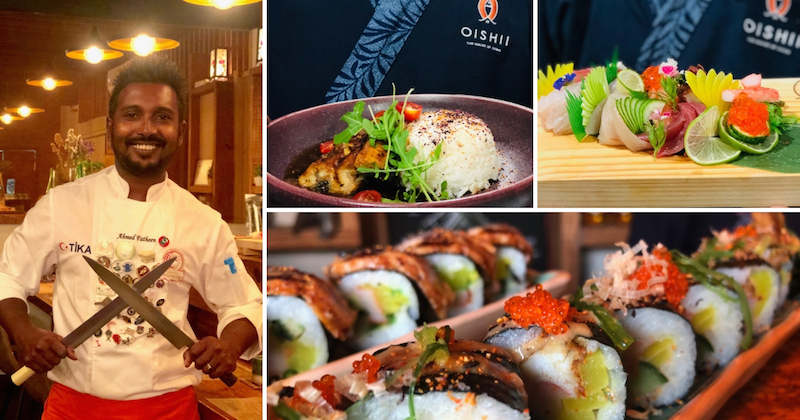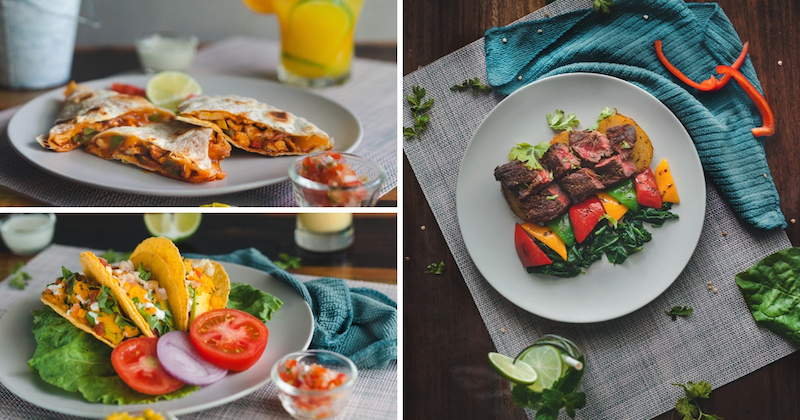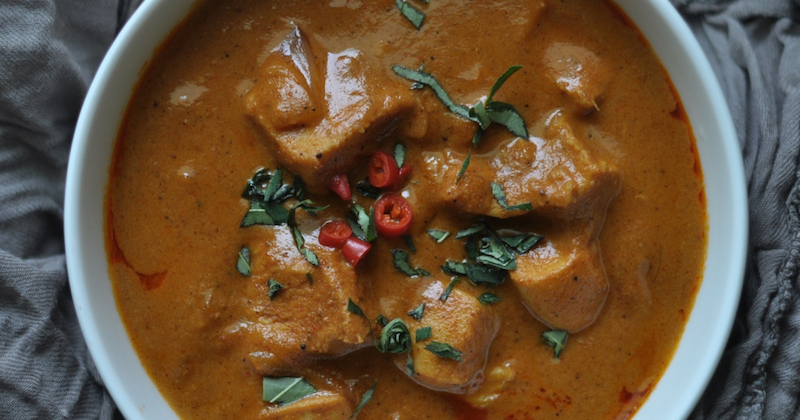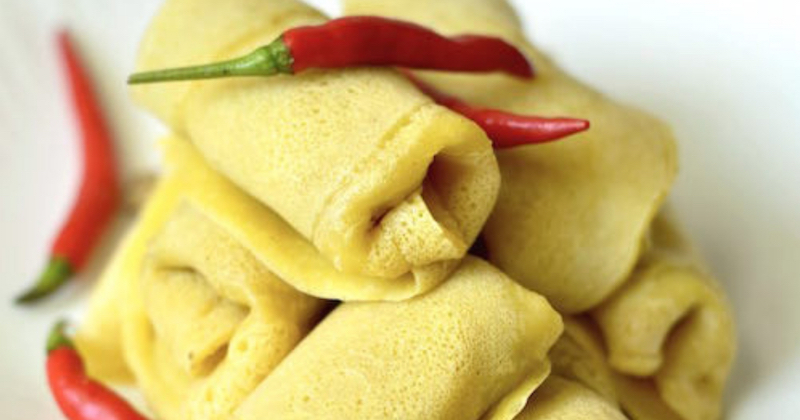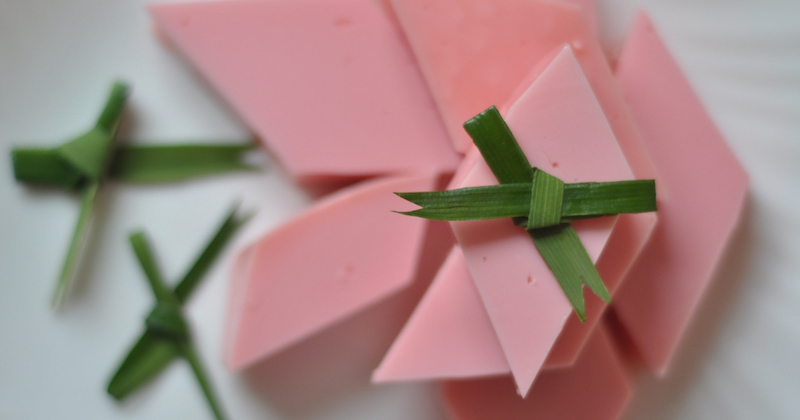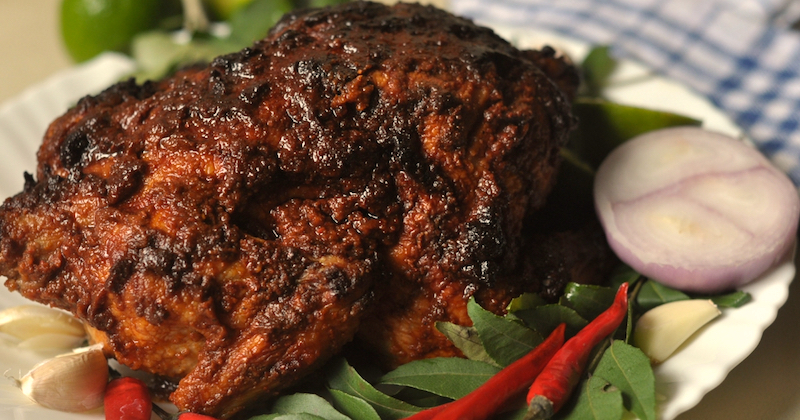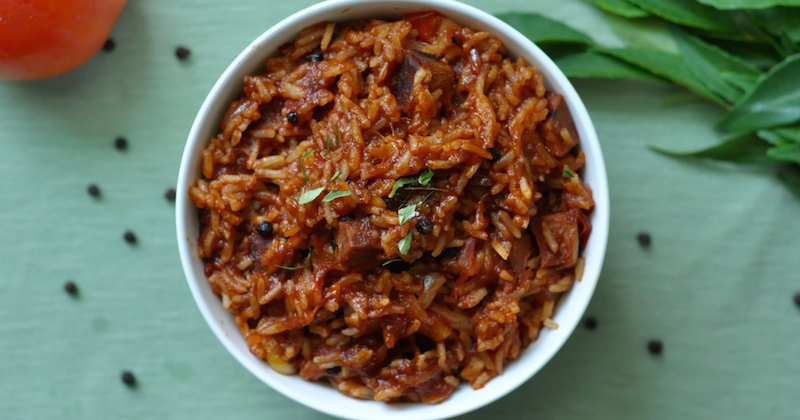Gut-friendly Fermented Foods
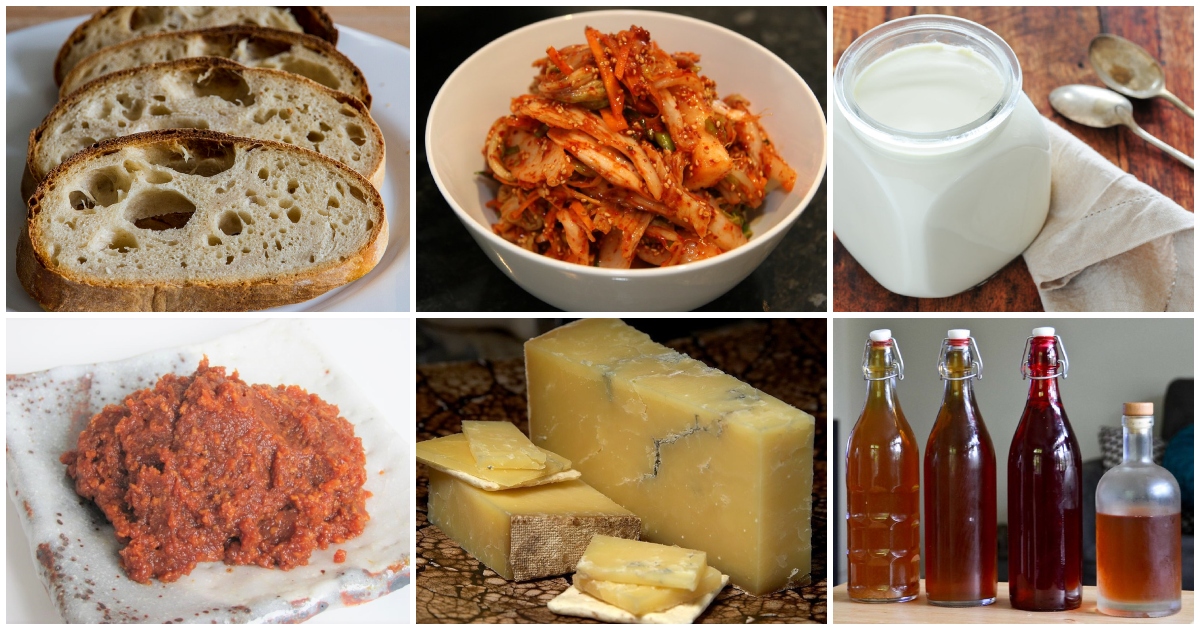
by Iyath Adam
You might hear of terms like ‘fermented foods, ‘gut-healthy’ or ‘probiotics’ really often now, especially when referring to certain types of foods. But what do these terms really mean and how do these foods benefit us?
What is fermentation?
Fermentation is a technique used since early days to preserve food and keep it from going bad quickly. It is a process where – under the right conditions – bacteria and yeast break down sugars to form acids. This results in fermented foods having a sour or tangy taste.
What’s the connection between fermentation and ‘gut-friendly’ food?
During the fermentation process, the ‘good’ bacteria – or probiotics, the healthy microbiomes which are beneficial for our guts – can form in it. This is what it means when you hear the word ‘gut-friendly’ when referring to fermented foods.
Probiotics are said to have a tonne of health benefits, from improving digestion and better immunity to aiding in weight loss and increasing overall well-being – all of which relates to promoting the good bacteria in our guts.
What are some fermented foods?
There are many fermented foods which contain healthy probiotics that you can include in your diet.
Check out some of these foods below.
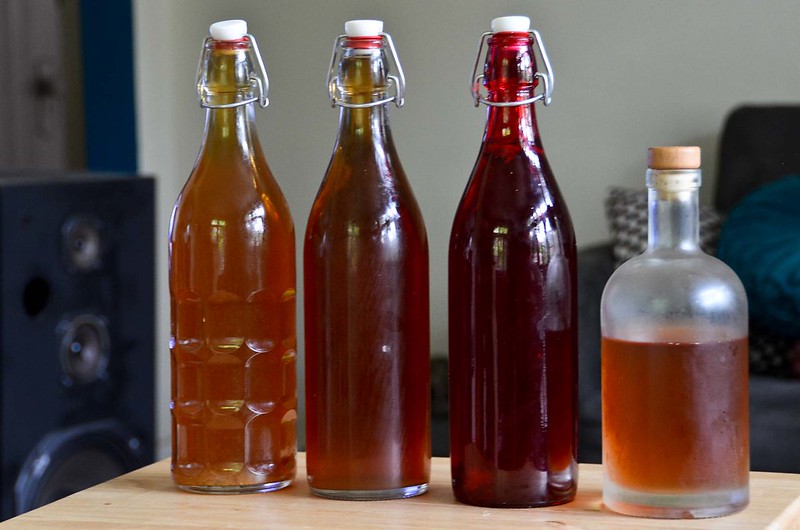
Kombucha
Kombucha is a slightly fizzy, fermented drink, made with sweetened black or green tea, and infused with different fruits and aromatics. A special culture known as ‘scoby’ (symbiotic culture of bacteria and yeasts) is used to make kombucha which gives it a sour and tart taste.
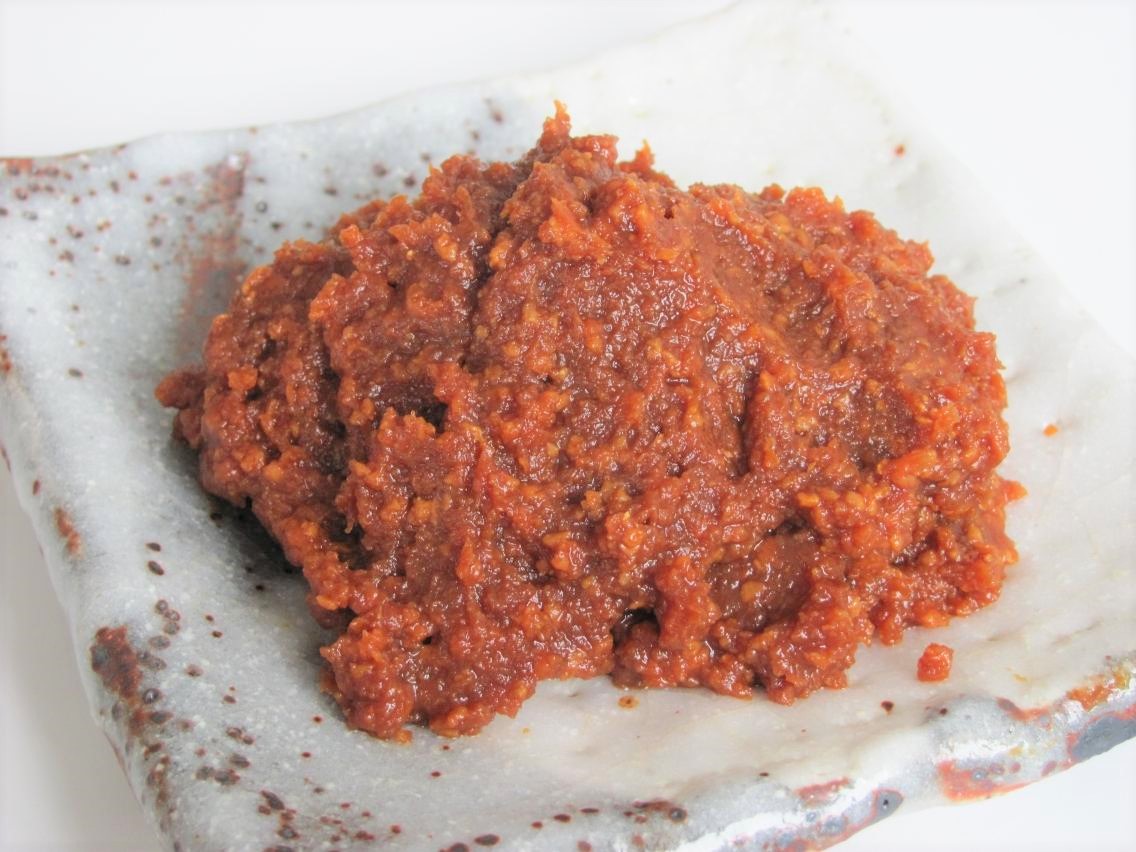
Miso
Miso is an ingredient most commonly found in Japanese cooking. It is made by fermenting soybeans with salt and a fungus (a type of yeast) known as koji, and has a distinctly salty, umami-like taste.
To make miso, the soybeans are ground to a paste, then mixed with the salt and koji and left to age for months or even years. Sometimes, other ingredients such as barley, brown rice or hemp seed may be added to the soybeans before fermenting, giving it unique flavours.
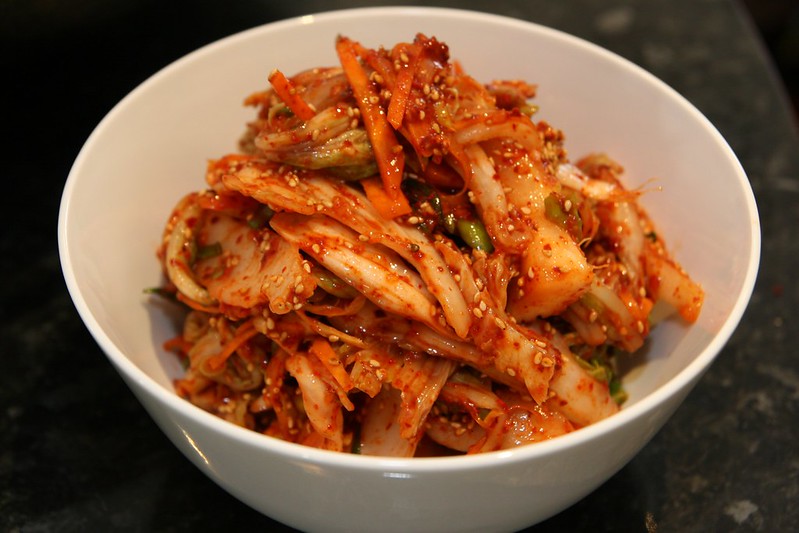
Kimchi
A Korean staple dish, kimchi consists of salted and fermented vegetables – usually napa cabbage or Korean radish. Many seasonings such as ginger, garlic, onions and gochugaru (Korean chilli powder) are used to make kimchi, giving it a tangy, spicy, sour taste.
Kimchi can be eaten during meals as a condiment, or it can also be mixed with rice and noodles to make different dishes.
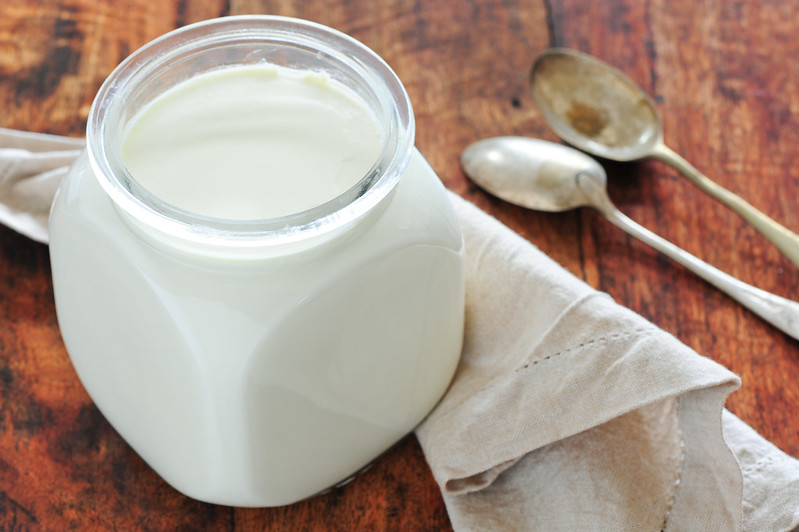
Yoghurt & Kefir
Yoghurt and kefir might seem similar, but these are two distinct dairy products.
Yoghurt is made by heating milk, then fermenting it with bacteria for several hours at warm temperature. The live cultures in yoghurt make it extremely beneficial for our guts.
Kefir is a type of yoghurt-like drink, which is made by adding kefir grains — a combination of both bacteria and yeast — to milk and letting it ferment for 14-18 hours at room temperature. While the taste of this is like yoghurt, it can have a sourer taste due to the presence of both bacteria and yeast. That is why kefir is regarded as a more probiotic-rich food.
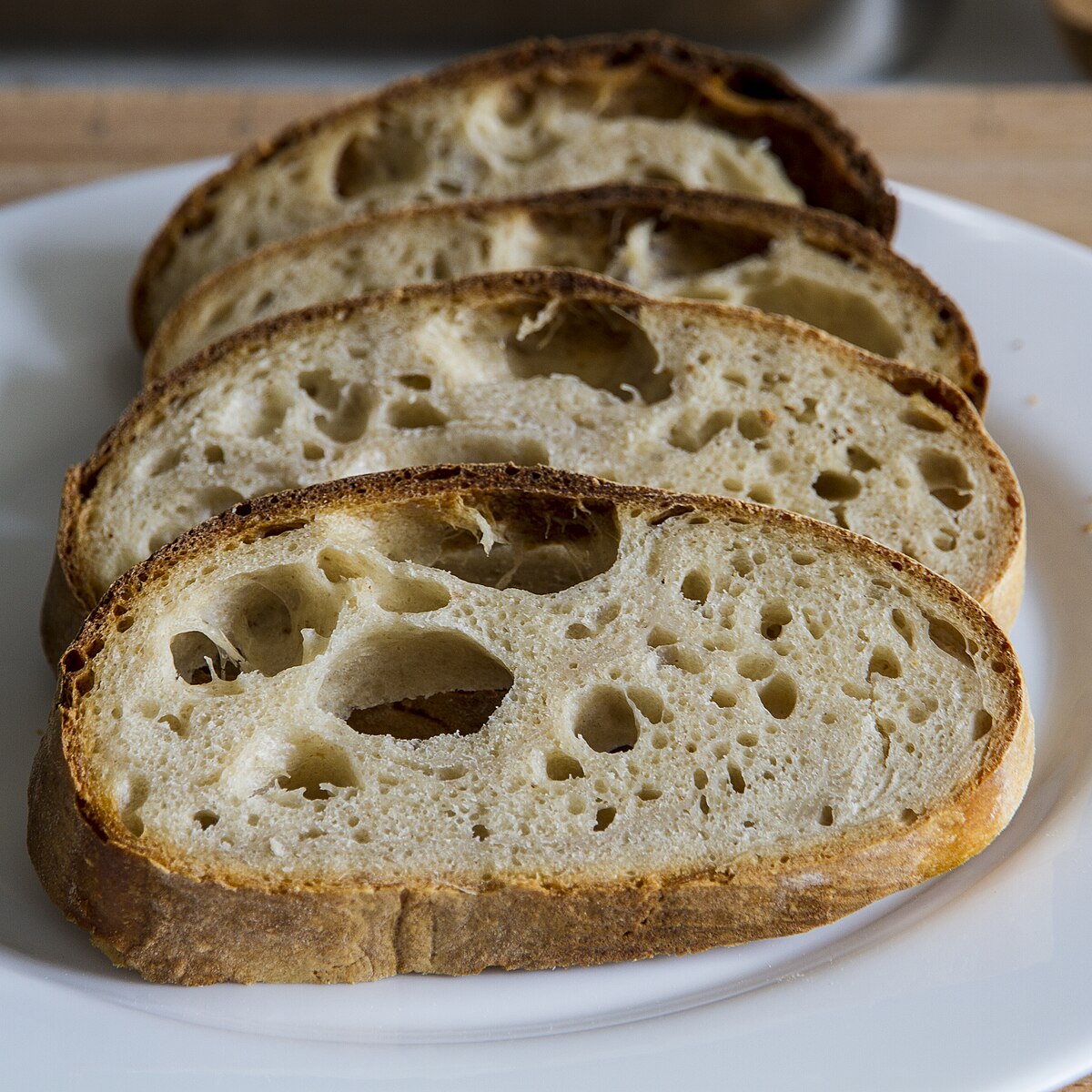
Sourdough
Sourdough is a type of bread where the dough is slowly fermented with its starter culture – a mixture of flour and water which contain wild yeast and bacteria. This slow fermentation process results in a slightly tangy-tasting bread which is rich in probiotics and partially broken down gluten, making it easy to digest.
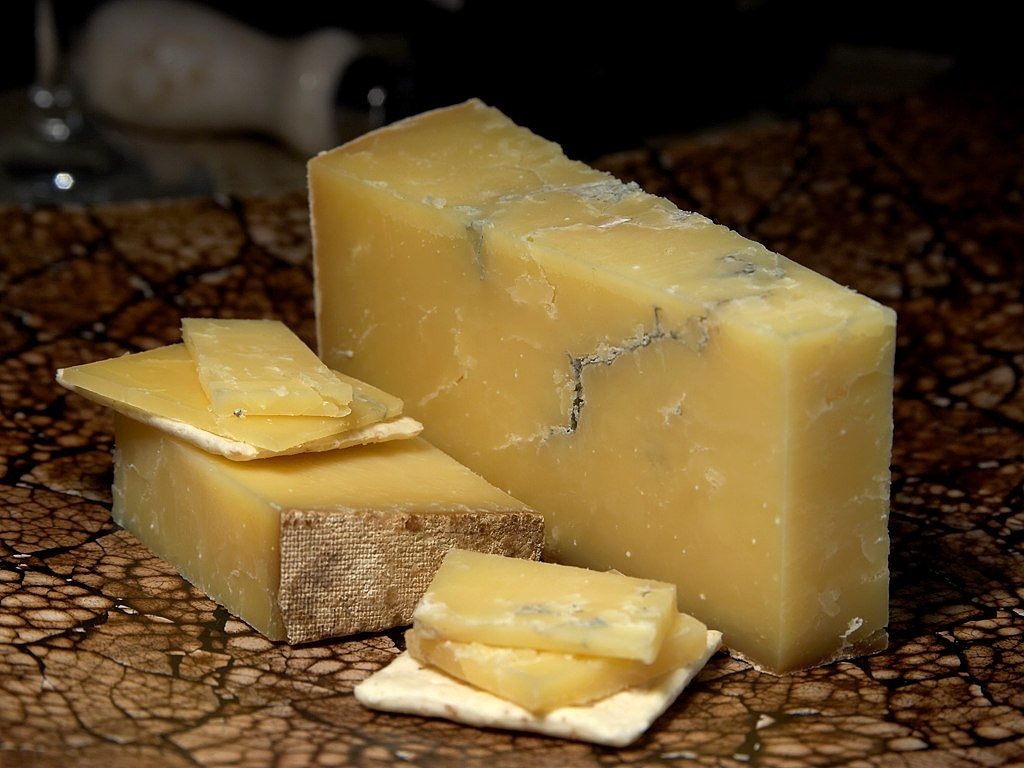
Cheese
Cheeses which are fermented or aged but not heated afterwards to kill the naturally occurring bacteria in it, may contain healthy probiotics. The key is to look at the ingredients list for ‘live cultures’ or ‘active cultures.’
Some of these cheeses include feta, cheddar, gouda, Swiss, Provolone and cottage cheese.
About Lonumedhu
Lonumedhu is about eating great food right here in the Maldives.
Our easy to follow recipes use locally available ingredients.
In our blog you will find food news, interviews with chefs and cooks, useful information about eating out and other foodie reads.
Contacts
© Lonumedhu.com 2017-2025. All rights reserved. No part of this website may be reproduced without the written permission of the publisher.
Advertisers
Lonumedhu.com has partnered with Qualia Pvt Ltd, a publishing & marketing agency, for its desktop and mobile advertising.
Advertising enquiries should be directed to (960) 987 4396 or marketing.sales@lonumedhu.com.

